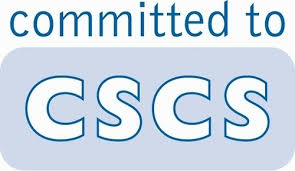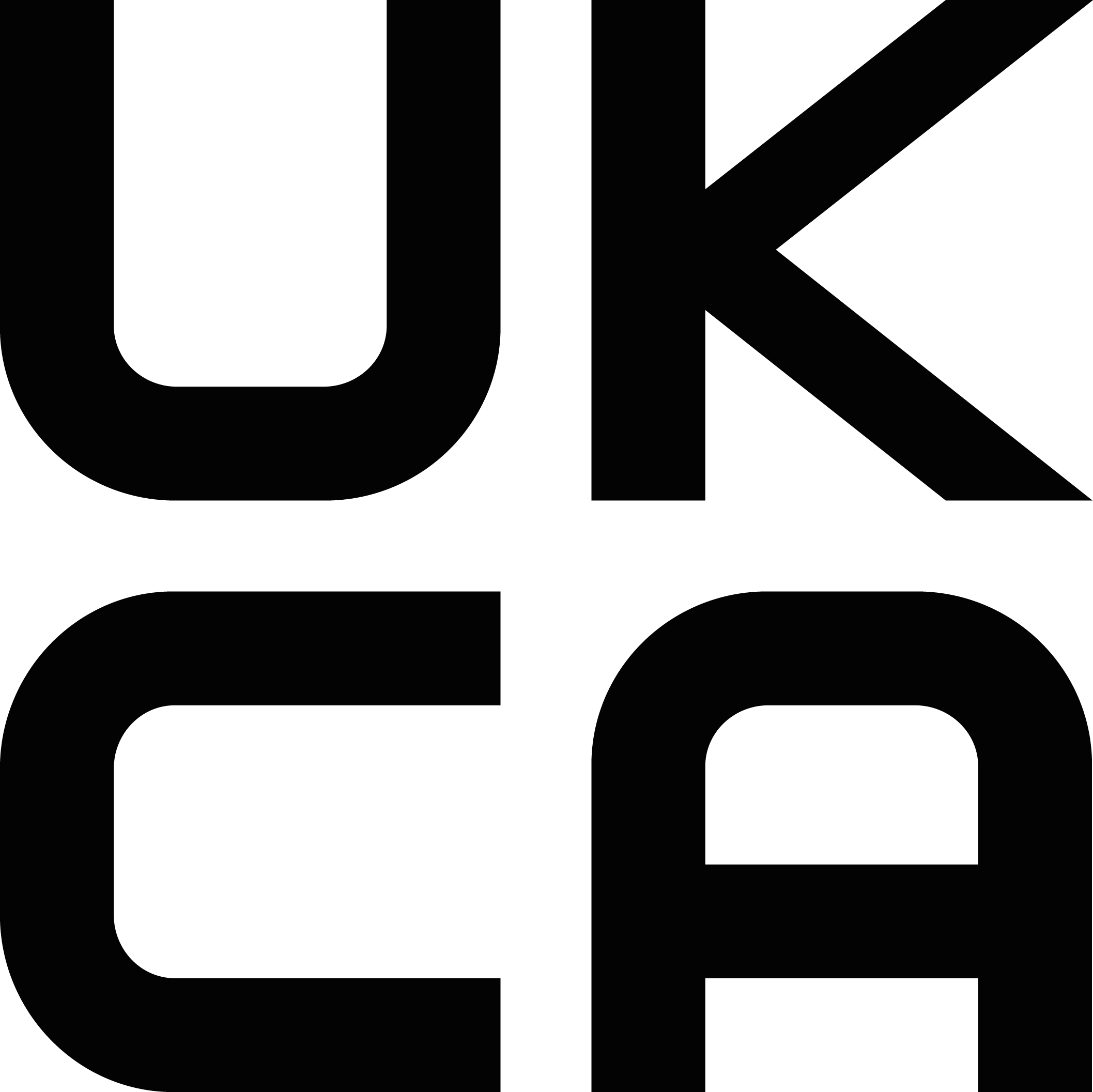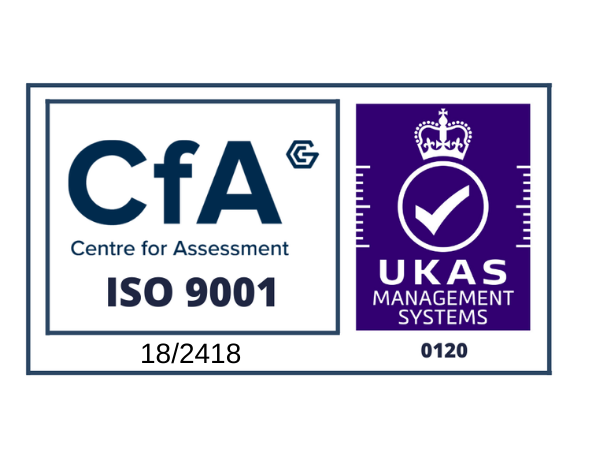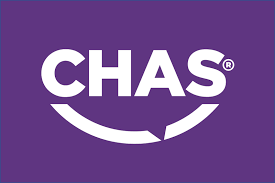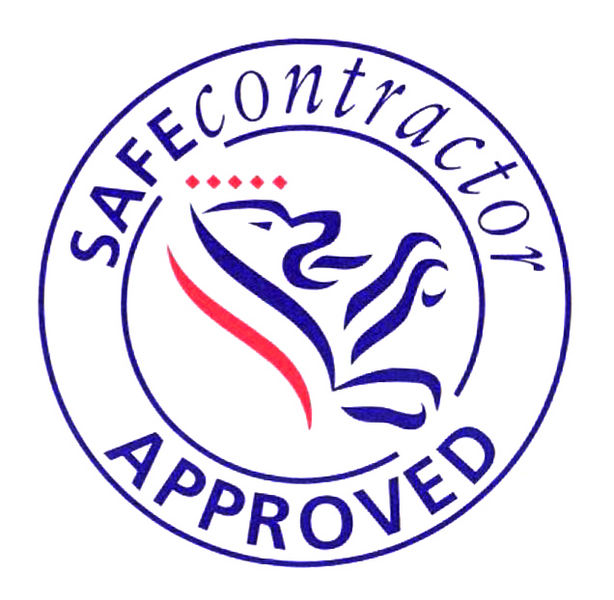North-South Gap Widens as Property Prices Rise
Last month the rise in house prices was the fastest annual increase in more than a year, which highlights the speed of the recovery we are now seeing as the market continues to grow following the recession. However, not all parts of the country are experiencing the same development, with the gap between property prices in the north and south continuing to grow.
In March the average cost of a property, including those with glass stairs in the UK, went over the £200,000 mark to £200,251, which was 5.7% more than the same period last year, according to figures released by Nationwide. This increase represents a 4.8% annual growth from February, and the monthly increase for March was 0.8%, which is double the 0.4% rise we saw the month before.
Impact on Prices
There are a number of elements that have combined to contribute to this rise in the growth of the market over the last month, and we have seen a marked increase in the number of mortgage approvals and transactions that have taken place.
One of the factors that had a substantial influence on the sector in March was the change to Stamp Duty rates for those purchasing buy-to-let properties and second homes, which took effect from the start of April. This could mean that we see further developments over the coming few months as investors look closely at the market to see what happens to prices and start negotiating harder to make investments more affordable.
North-South Gap Grows
The jump in house prices recently has also led to an expansion of the gap in values between the north and the south. This will particularly impact on those looking to move south, who may find properties unaffordable.
The average cost of a home in London is now 52% above where it was before the recession, with the value now standing at £455,984. However, in comparison, the cost of other average homes, such as those with glass stairs in the UK, is only 9% above where they were pre-recession.
This growth is spreading across the region, with values for properties in southern areas increasing by 9.9% for the year that runs to the end of March, but northern sectors of England saw a rise of only 1.8% for the same period.
There was actually a fall in property prices across northern England (1.1%) and Scotland (0.2%) in the first quarter of 2016, even though the average cost in these areas is still significantly below the pre-recession values.
This has increased the gap in prices to £163,000, limiting the affordability of homes for some buyers, and could have further influences on the market if the gap continues to widen.
There were some temporary measures that affected the pace of the property market in March, which may mean that the speed of the recent increases will not be sustained over the longer term. However, we will have to wait and see what impact this has on prices and how they change in the next few months as the market softens.


